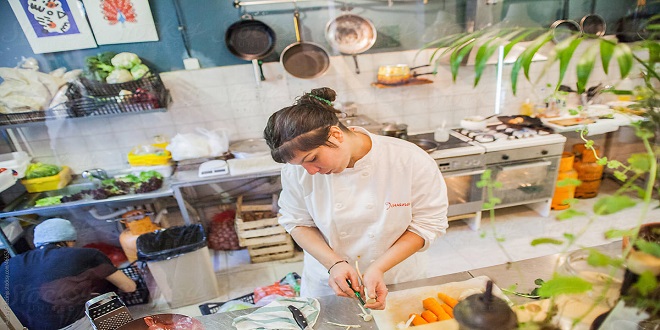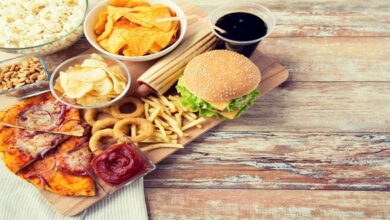Trends in modern food processing technologies.

Cost reduction
Profit Incentive drives most of the factors behind any industry; the food industry not least of all. Health concerns are generally subservient to profit potential, leading the food processing industry to often ignore major health concerns raised by the use of industrially-produced ingredients (partially-hydrogenated vegetable oils, for example, a well-known and well-researched cause of heart disease, that is still commonly used in processed food to increase profit margin.)
Health
Reduction of fat content in final product e.g. by using baking instead of deep-frying in the production of potato chips, another processed food. Maintaining the natural taste of the product e.g. by using less artificial sweetener than they used before.
Hygiene
The rigorous application of industry and government endorsed standards to minimize possible risks and hazards. In the USA the standard adopted is HACCP. Lims solutions help the industry to manage those quality standards.
Minimal processing technologies
Consumers increasingly demand foods that retain their natural flavor, color, and texture and contain fewer additives such as preservatives. In response to these needs, one of the most important recent developments in the food industry has been the development of minimal processing technologies designed to limit the impact of processing on nutritional and sensory quality and to preserve food without the use of synthetic additives.
Minimal processing‘ describes nonthermal technologies to process food in a manner to guarantee food safety and preservation as well as to maintain as much as possible the fresh-like characteristics of fruits and vegetables.
Photochemical processes
Recently, many studies have demonstrated the effectiveness of surface decontamination techniques to reduce the microbial risk involved with the consumption of fresh fruits and vegetables. Nonionizing, artificial ultraviolet-C (UV-C) radiation is extensively used in a broad range of antimicrobial applications including disinfection of water, air, food preparation surfaces, food containers and surface disinfection of vegetable commodities. The ultraviolet light acts as an antimicrobial agent directly due to DNA damage and indirectly due to the induction of resistance mechanisms in different fruit and vegetables against pathogens. Exposure to UV-C also induces the synthesis of health-promoting compounds such as anthocyanins and stilbenoids
Pulsed electric field
Pulsed electric field (PEF) processing is a non-thermal method of food preservation that uses short bursts of electricity for microbial inactivation and causes minimal or no detrimental effect on food quality attributes. PEF can be used for processing liquid and semi-liquid food products. PEF processing offers high-quality fresh-like liquid foods with excellent flavor, nutritional value, and shelf-life. Since it preserves foods without using heat, foods treated this way retain their fresh aroma, taste, and appearance
High hydrostatic pressure
The application of high hydrostatic pressure for processing food products consists of a pressure treatment in the range of 4000-9000 atmospheres. Hydrostatic pressure may be generated by the addition of free energy, e.g., heating at constant volume or mechanical volume reduction. It is now technically feasible to reach pressures up to several gigapascals and to keep it constant for a comparably long time in specially designed vessels made from highly alloyed steel.
Teluguwap offers a diverse range of Telugu music, movies, and more, making it a go-to platform for Telugu entertainment enthusiasts. With its user-friendly interface and vast collection, it provides a convenient and immersive experience. Whether you are a fan of classic melodies or the latest blockbuster hits, Teluguwap has got you covered.



